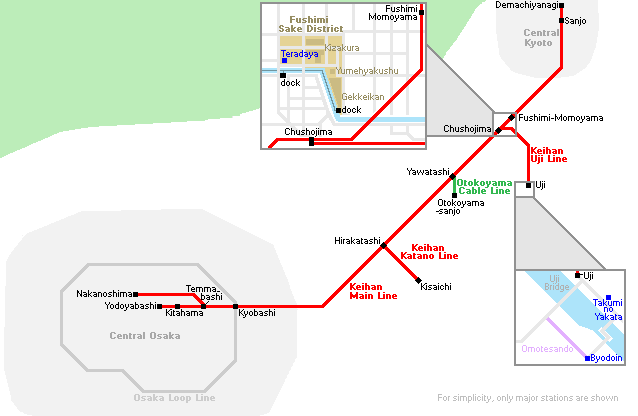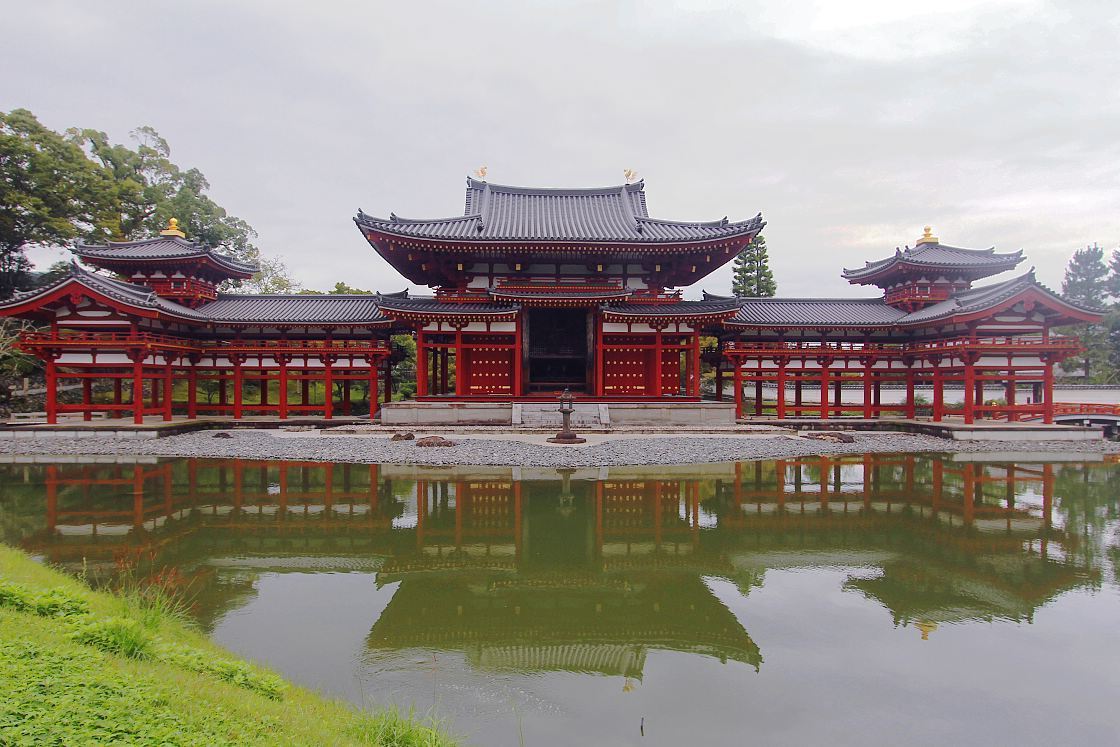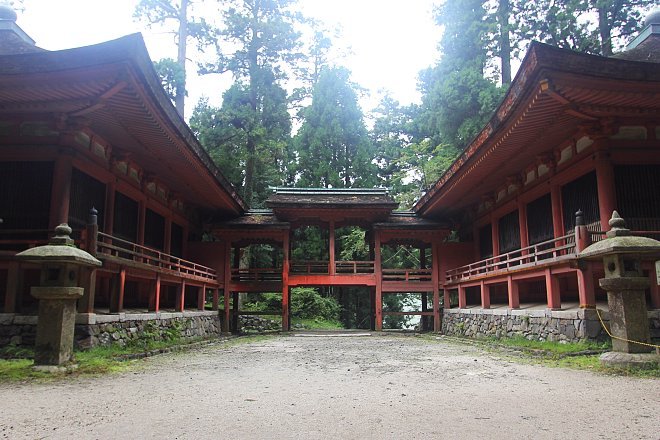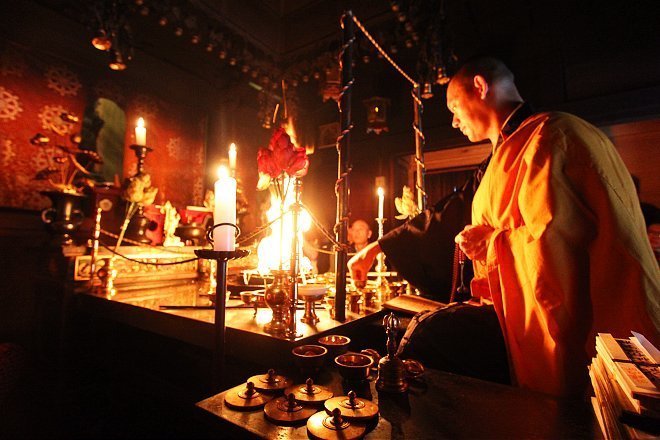Drinking our way through Uji and Fushimi
Tea and sake are two cornerstones of Japanese culture that have been enjoyed around the country for centuries, historically serving a variety of purposes from promoting relaxation to enhancing celebration, improving health to appeasing gods during worship, not to mention simply as a source of indulgence through their delicious flavors.
With each having such a long, rich history, it comes as no surprise that two centers of these respective tipples are located in Kyoto, Japan's ancient capital just a stone's throw from the Osaka metropolis. For those staying in the big city like I was, a jaunt to these two enthralling destinations is easy and convenient via the Keihan Railway, with visiting both possible even in a single day trip. With this in mind I boarded a Keihan train in central Osaka and was on my way to see what these towns had to offer.
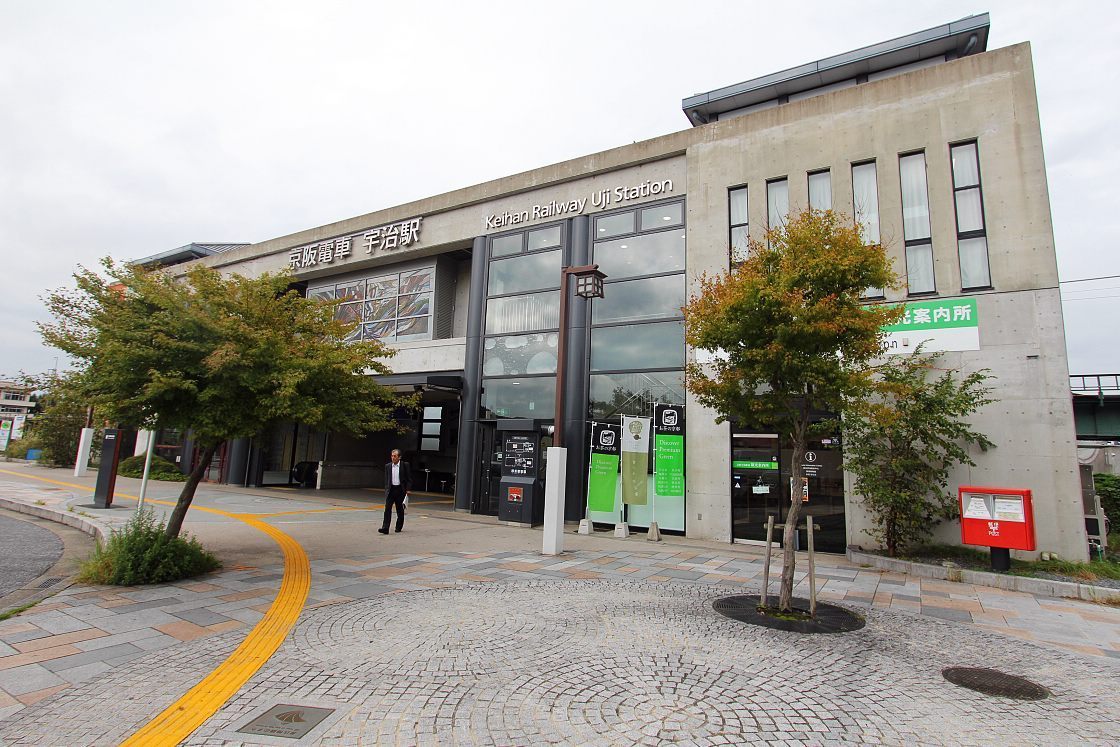
My first stop of the day was to be in Uji, an ancient center of Japanese tea that today boasts some interesting attractions devoted to the drink, in addition to various important religious sites. I was to begin my exploration after arriving at Keihan Uji Station at the best known of these religious sites, Byodoin Temple.
This ancient temple has a history of over 1000 years, originally built in 998 as a countryside retreat villa for a leading member of the Fujiwara family, who during this period were the most powerful family in all of Japan. The complex was later made into a temple by the politician's son, and it was at this stage that the most prominent feature was erected, the Phoenix Hall. This beautiful building, which is named partly because of the phoenix statues that adorn the roof, has become so iconic that it is even featured on the Japanese 10-yen coin.
Walking around the temple's well-manicured gardens while taking in views of the magnificent building from different angles made for a great way to start the day. Eager to venture inside the hall, I joined one of the short tours through the interior where I got the chance to get up close to the majestic statue of the Amida Buddha. The tours take place every 20 minutes and cost a small additional fee.
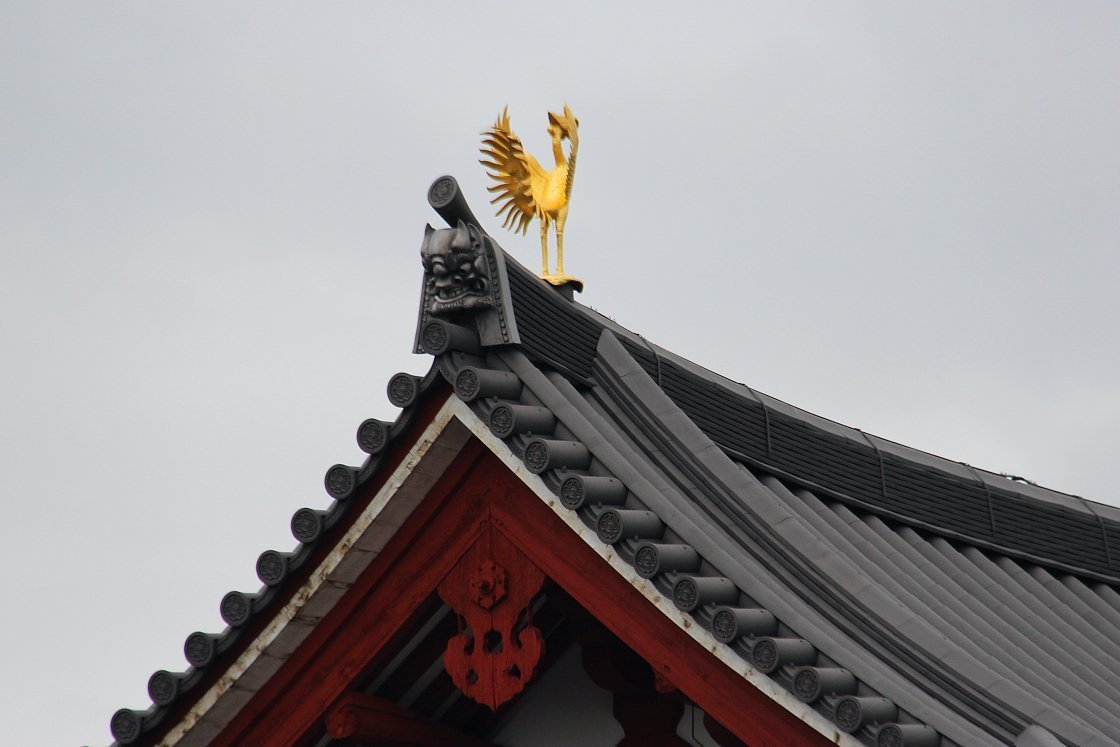
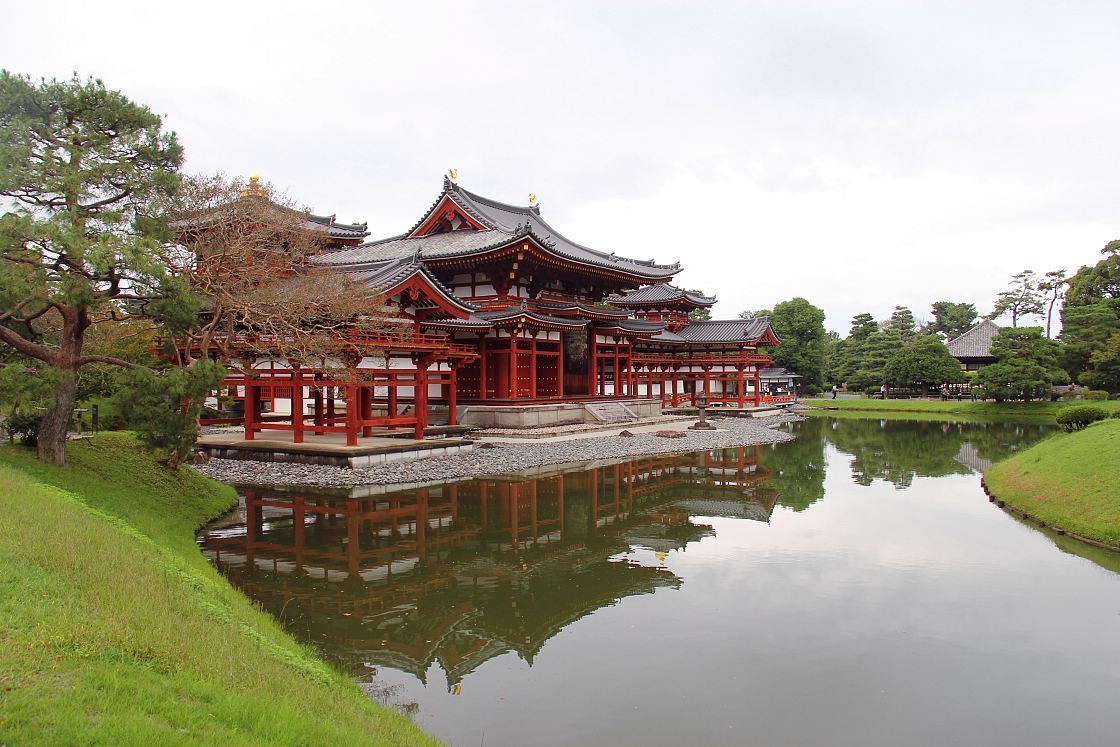
From the Phoenix Hall I went on to the temple museum, which houses an impressive collection of the temple's most valuable artifacts including ancient statues, temple bells and old documents. A good number of the artifacts here are designated cultural properties and national treasures. Walking around the museum and seeing such impressive exhibits really consolidated this temple as an awe-inspiring place.
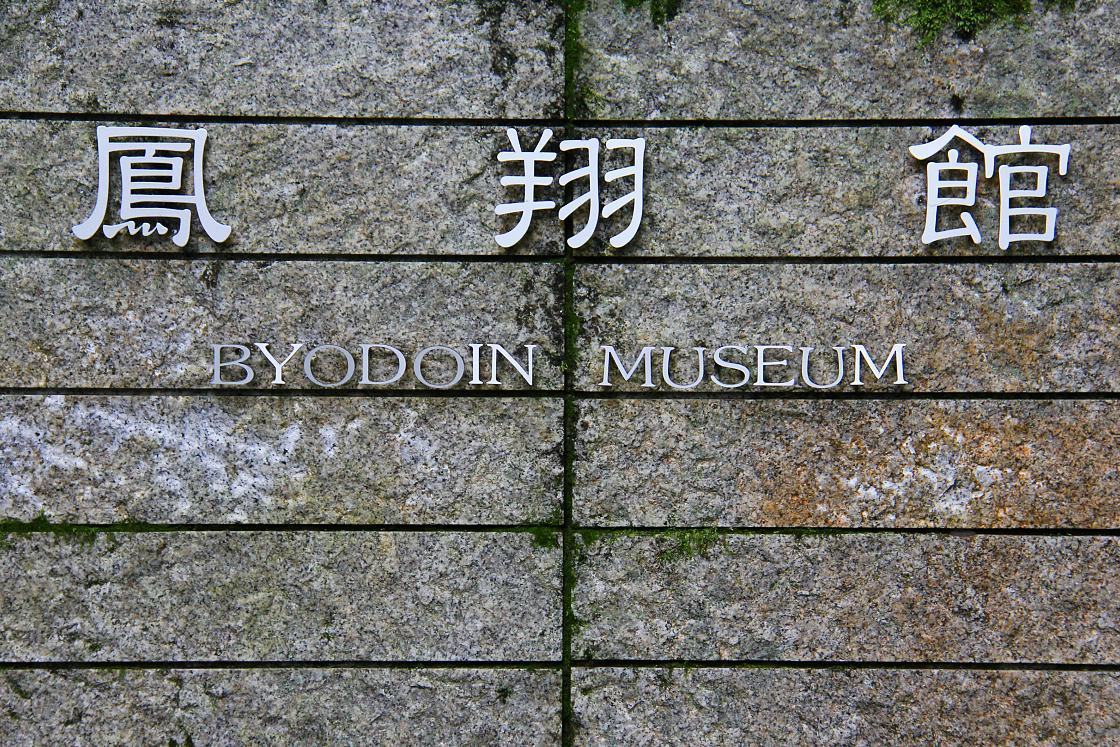
Upon exiting Byodoin, I headed to Omotesando, the historic main approach to the temple. The lane is packed with shops, cafes and restaurants that purvey an array of traditional goods and snacks with a heavy emphasis on the town's most famous commodity, tea. I strolled up and down the bustling street taking in the energetic atmosphere that persists here and imagined how similar this street might have been a few centuries ago (minus the electric street lamps and visitors taking photos with their smartphones, of course).
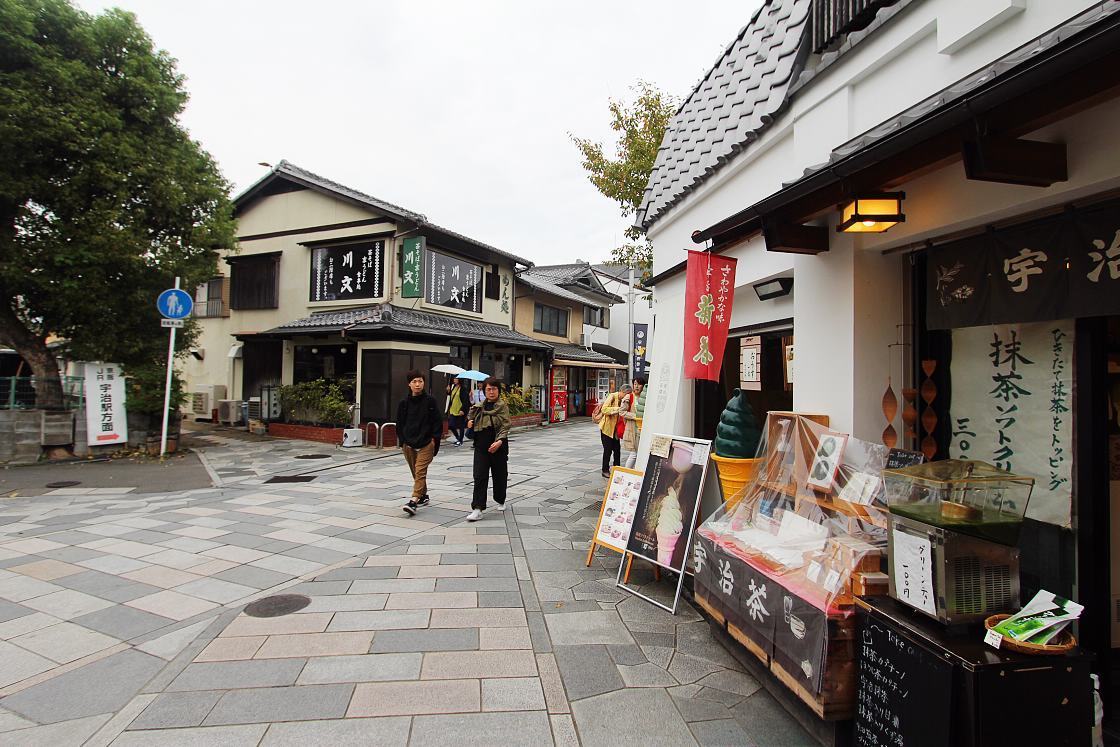
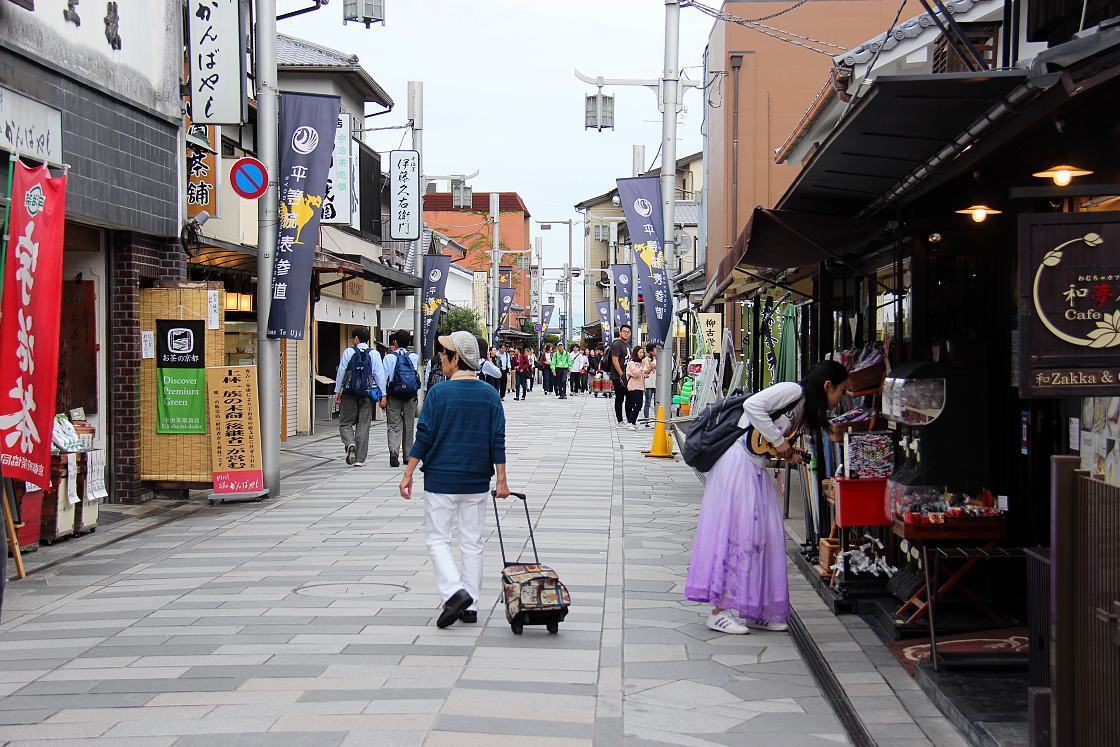
I eventually found the perfect looking cafe and ducked inside for some mid-morning sustenance consisting of tea and Uji Matcha Zenzai, which is Japanese red bean paste and soft mochi (pounded rice) served in a green tea soup. The snack was delicious and whetted my appetite for more tea-related snacks. Soon after leaving the cafe, I came across a shop selling green tea-flavored takoyaki (fried octopus in batter balls) and tried these, too.
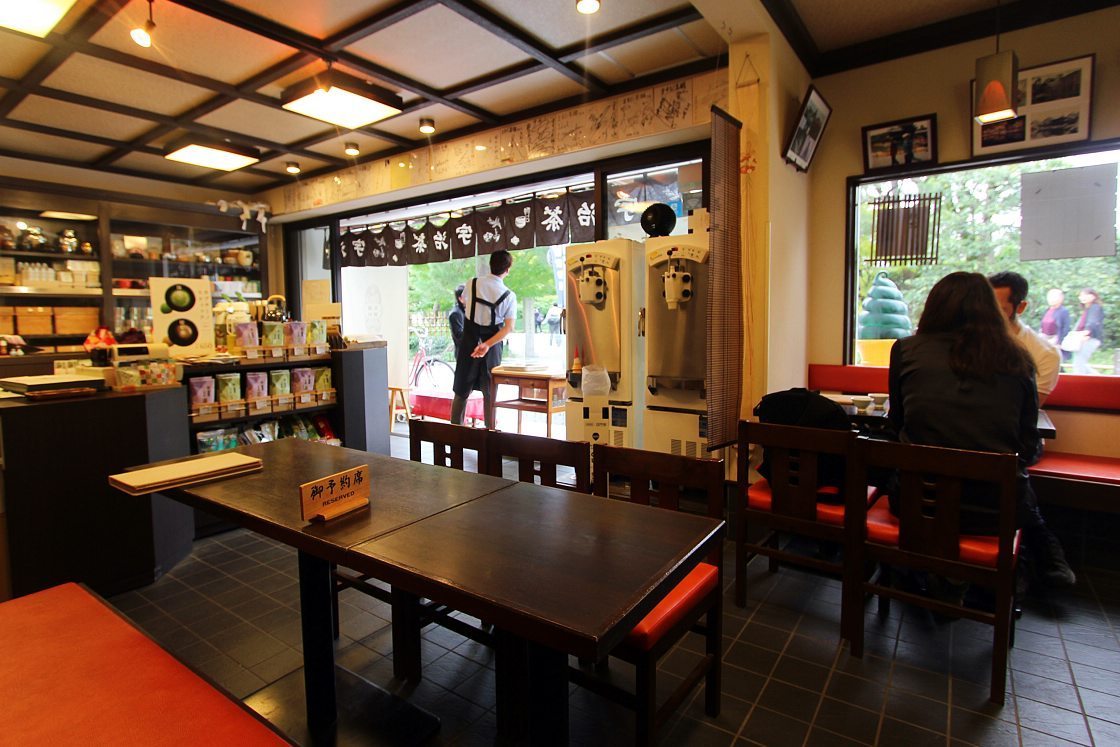
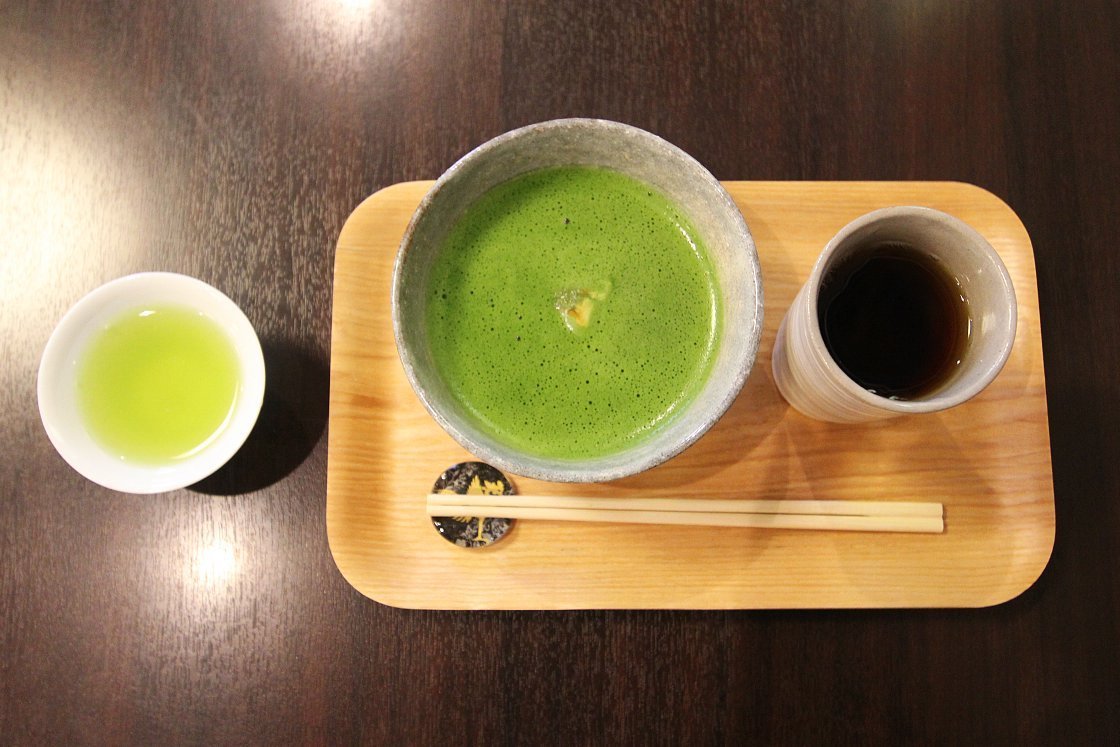
It was now time to head over to the other side of town to participate in a tea experience that promised to teach me more about the traditional tipple, so I left Omotesando and enjoyed the pleasant stroll over to Takumi no Yakata. This quaint tea house near the banks of the Uji River holds sessions in which participants are shown how to prepare and drink numerous kinds of Japanese tea, and are taught about the drink by one of the multi-lingual staff.
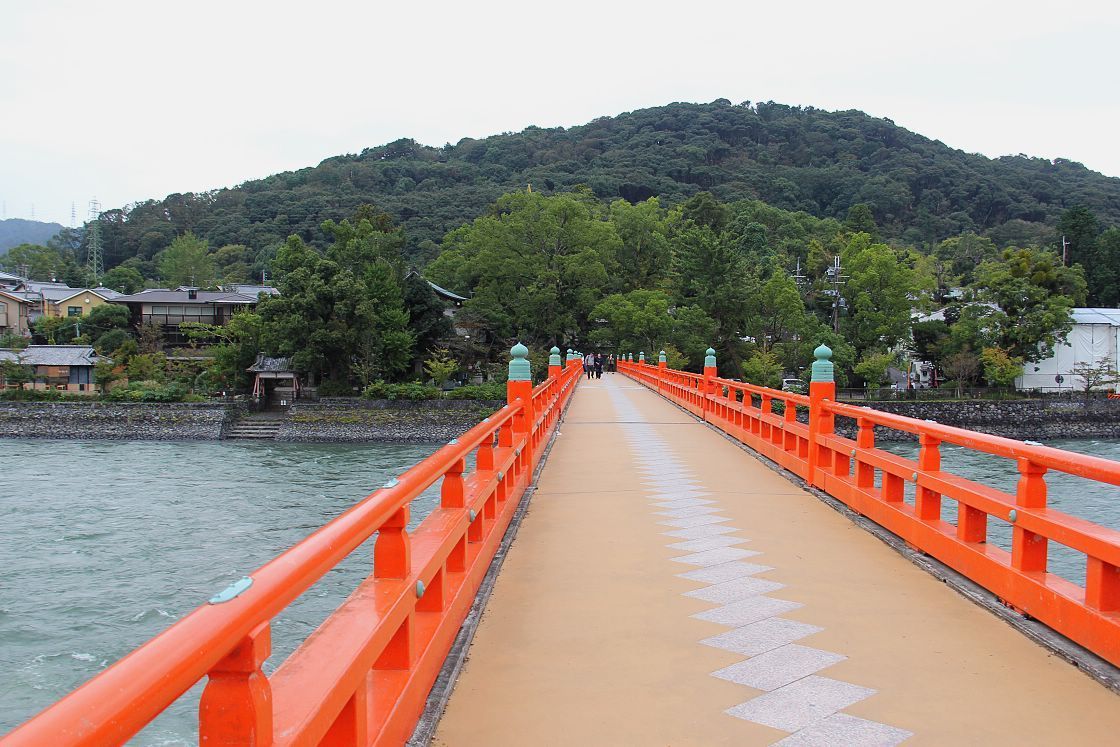
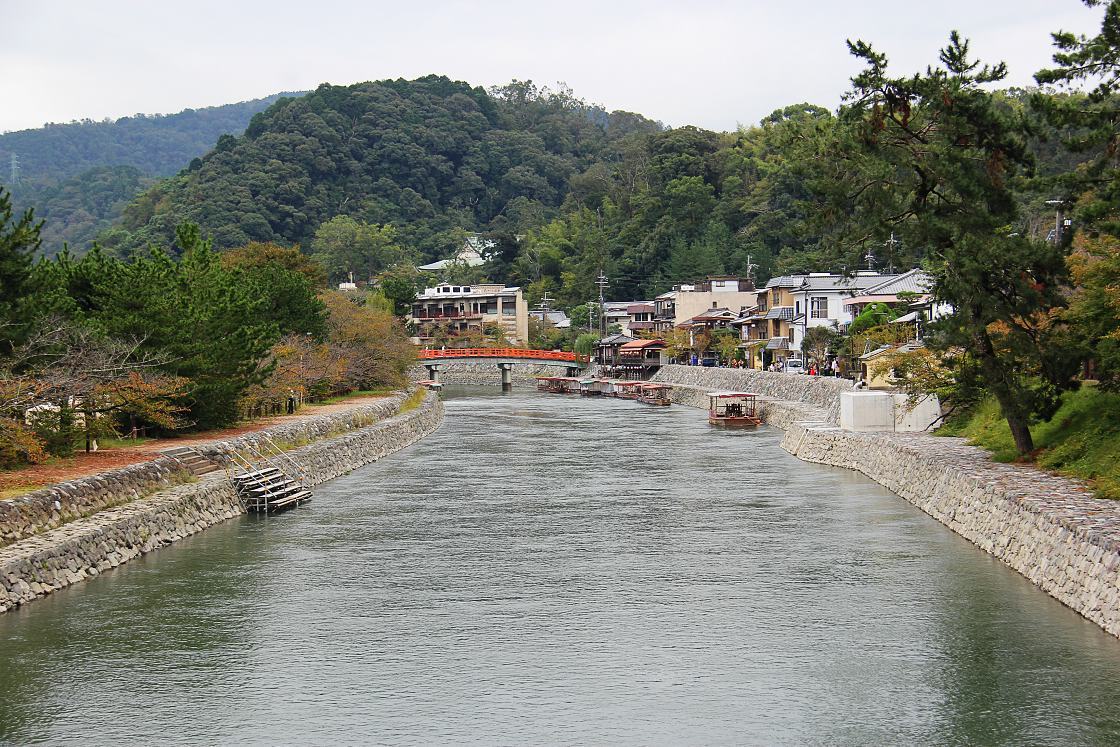
I sat down in the homely tea house and enjoyed three types of tea, each with distinct flavors and strengths, all the time being informed about the different benefits each has for its drinkers. It was interesting to learn the differences between tea types and the steps in preparing each, including steeping certain types of tea for certain amounts of time in water of varying temperatures. All in all I left happy and somewhat enlightened in the ways of tea, and made my way back to the station to move on to the second town of the day, Fushimi.
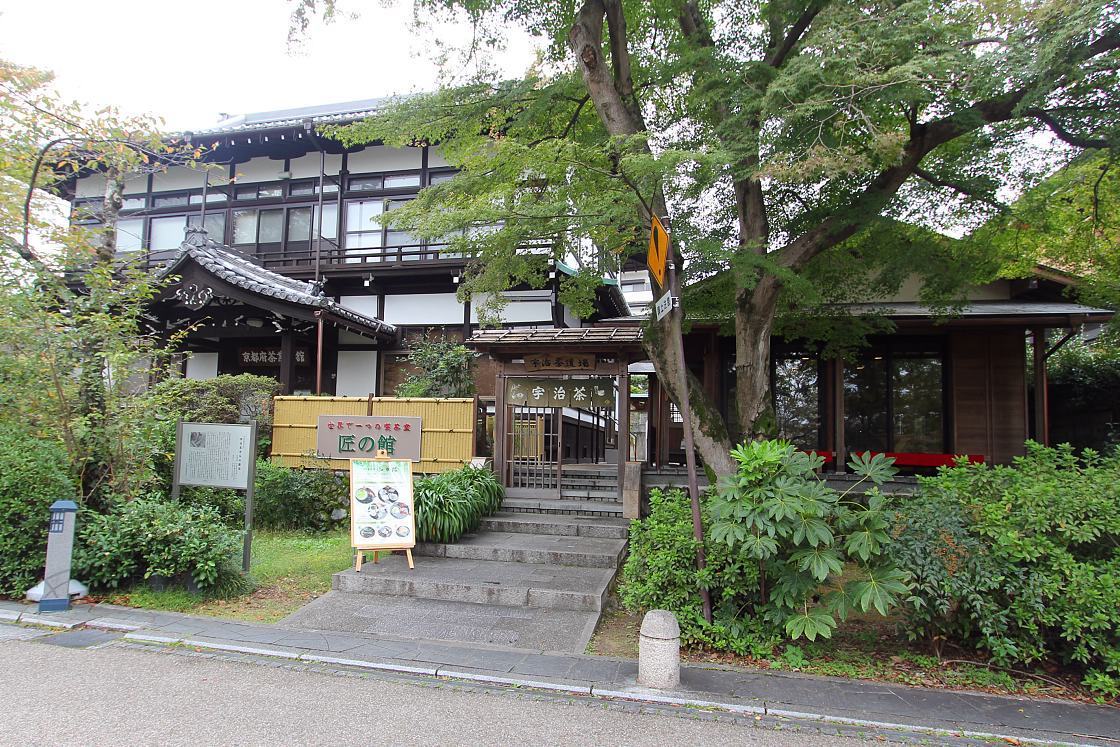
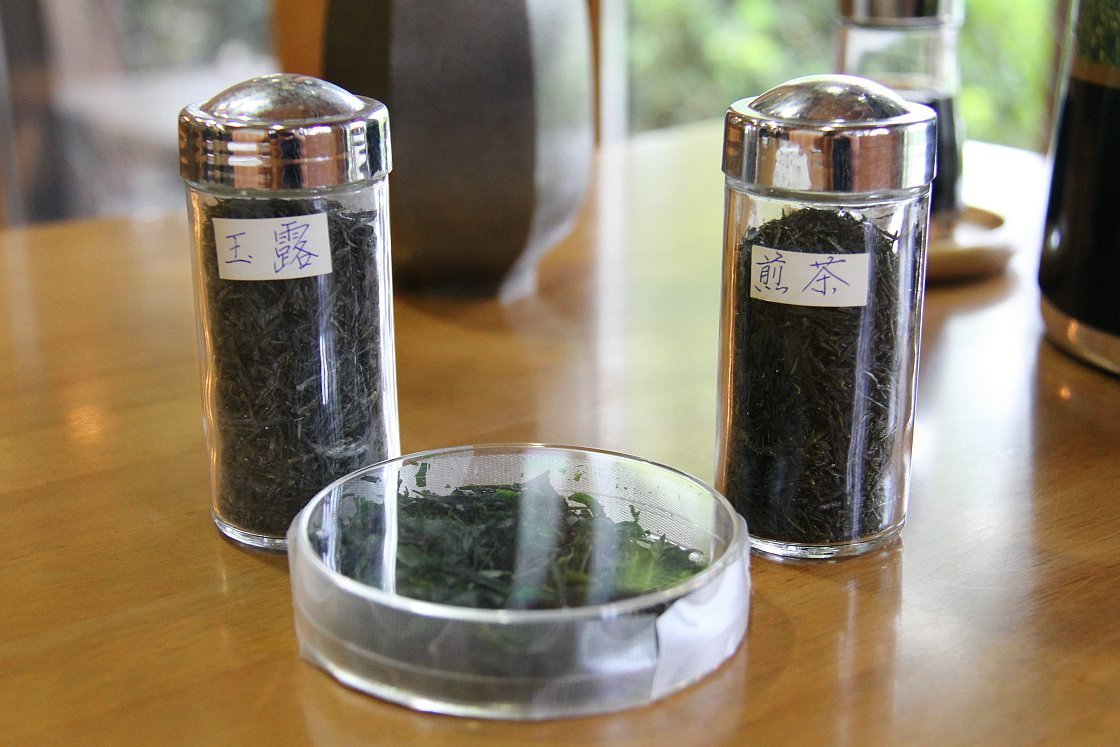
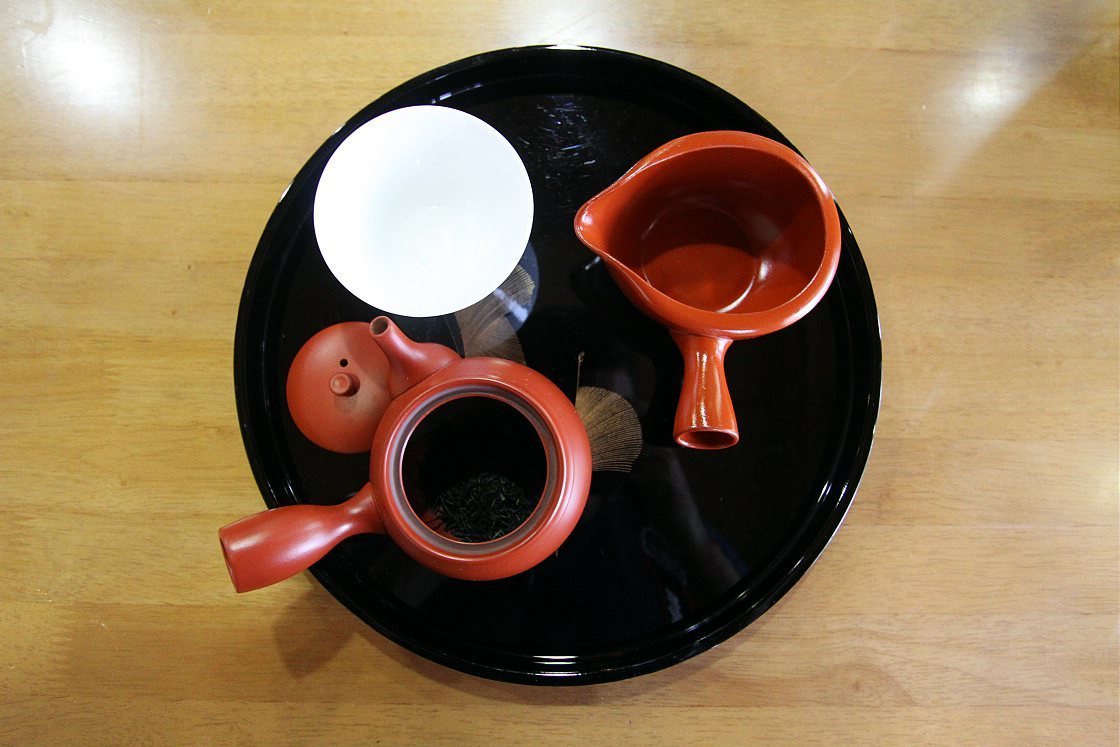
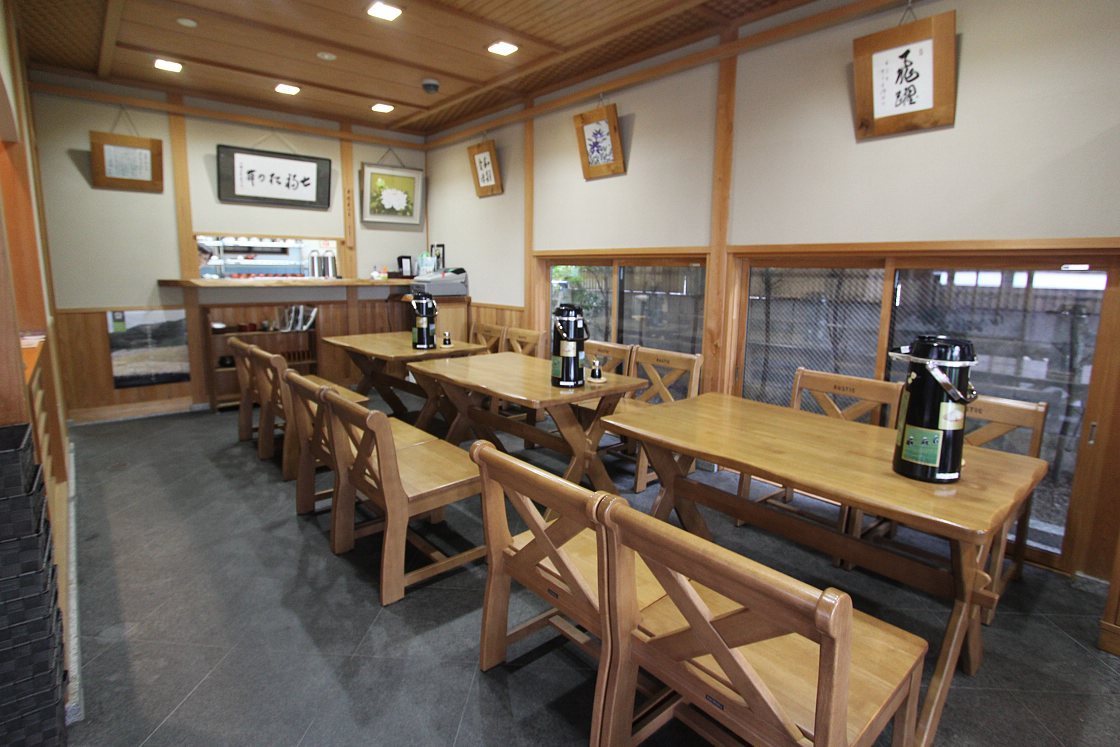
Fushimi is an area located south of central Kyoto that rose to prominence as a major sake producer in the feudal times due to a number of factors including its clean, soft 'Fushimizu' water and its strategic shipping position along the Horikawa River. Today the town's sake district is home to around 40 breweries and stands alongside Nada in Kobe as one of the top sake producing districts in the country.
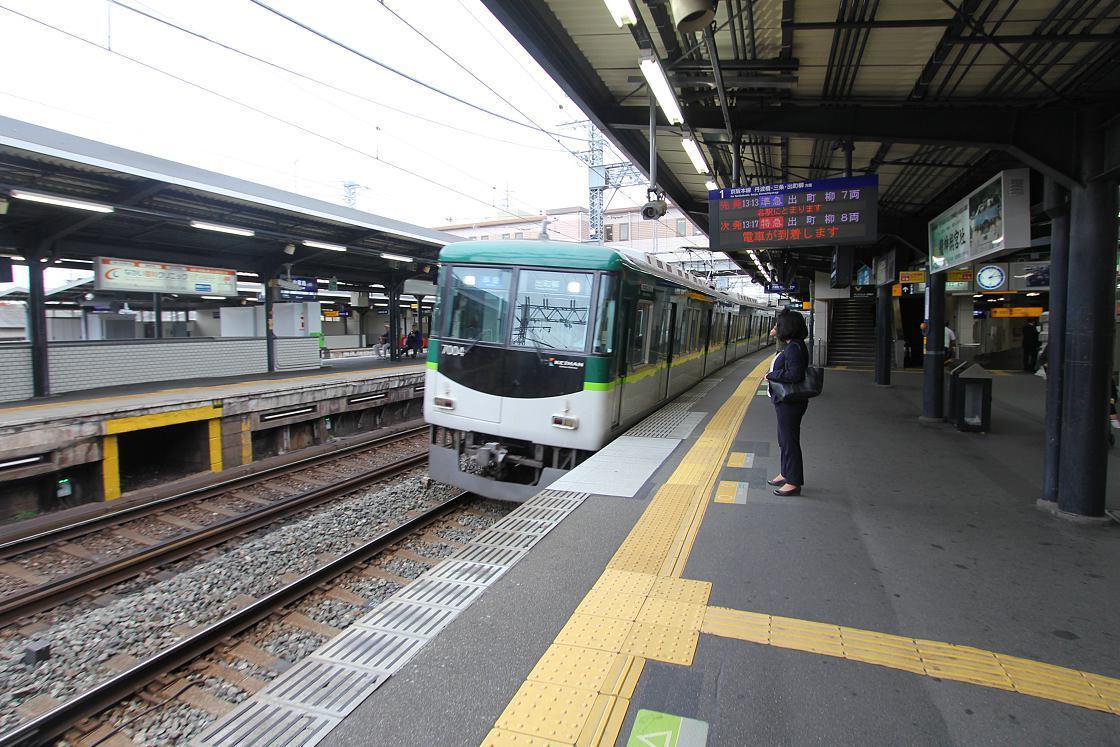
Fushimi's sake district can be reached from both Chushojima and Fushimi-Momoyama stations, with Chushojima Station being slightly closer, but the route from Fushimi-Momoyama boasting a bustling shopping arcade along the way. I arrived in the sake district I took some time to admire the beauty of its rustic wooden buildings. It was then time for me to board a sightseeing cruise, so I headed for the river.
During the feudal era, flat-bottom, wooden boats plied these waters transporting goods to and from the town. Today, traditional-style boats similarly traverse the river, but instead of transporting goods, they take visitors on scenic tours along the waterway. The tour took around 50 minutes in total, during which I reveled in the tranquil atmosphere and the many picturesque views.
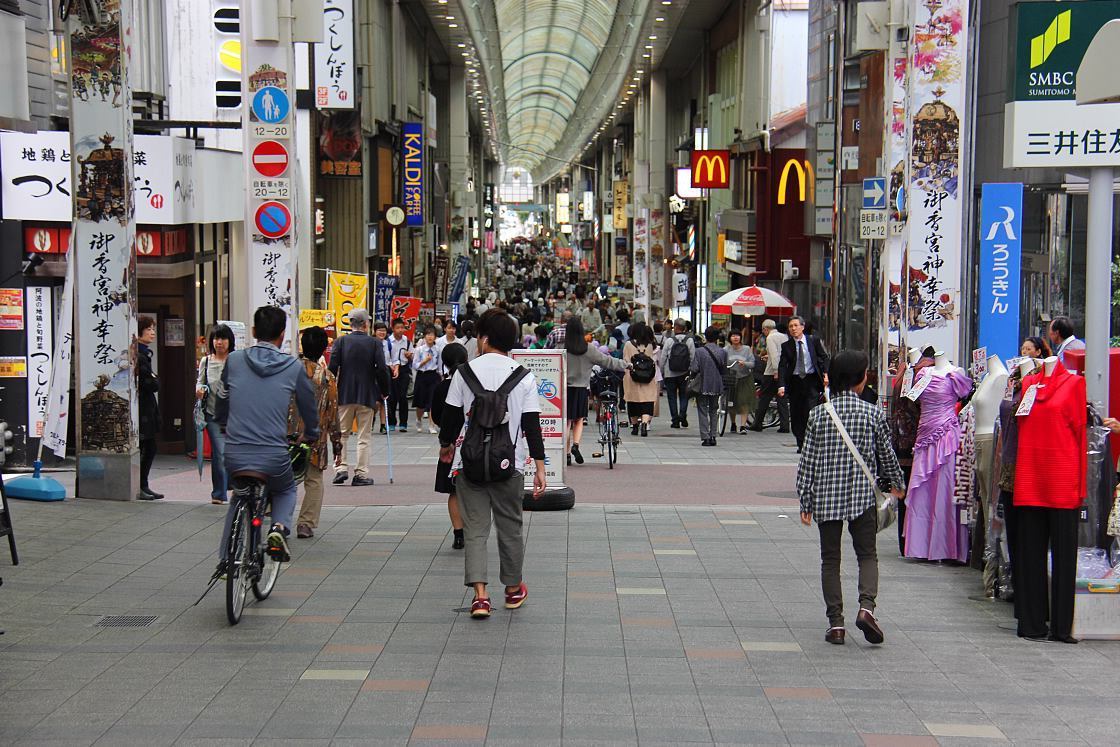
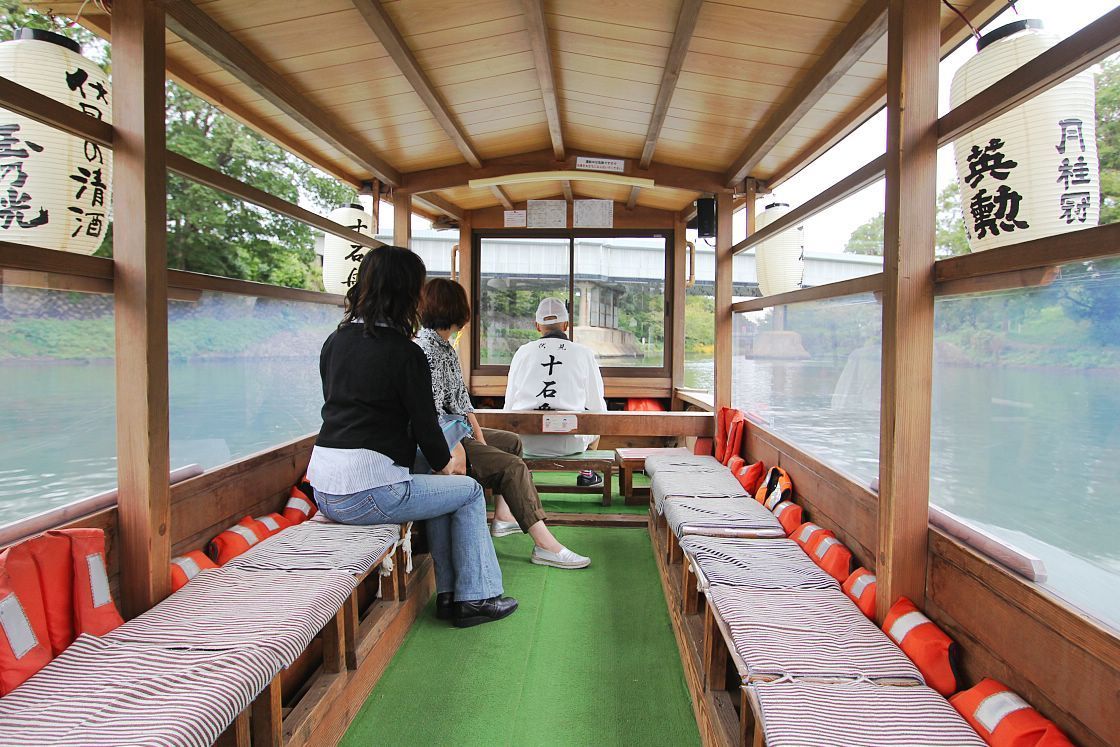
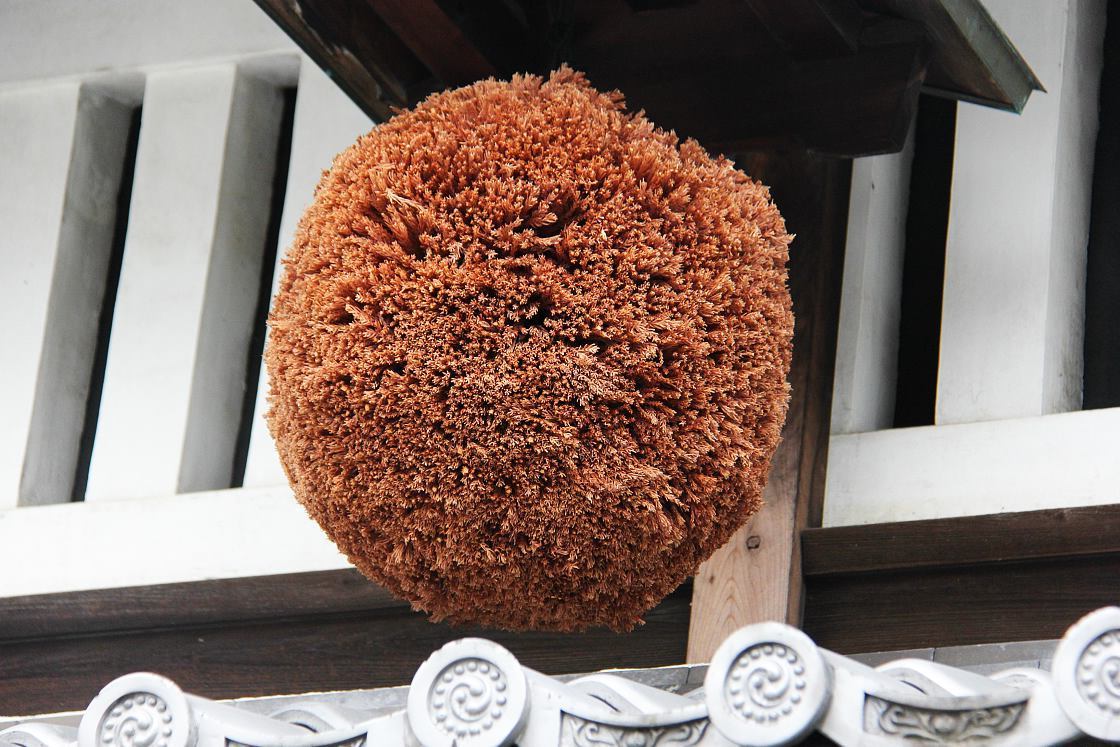
Back on dry land I made my way over to the nearby Gekkeikan Brewery. Established in 1637, this brewery stands as one of the oldest in the area and, through its long history and the quality of the sake it produces, is firmly cemented as a Fushimi institution.
A great aspect of this brewery is that it welcomes visitors, who can enjoy exploring the complex's educational sake museum that displays various tools and procedures to inform about the production of sake. Following my self-guided tour of the museum I arrived at the free-tasting area, where I knocked back a couple of cups of the brewery's delicious sake.
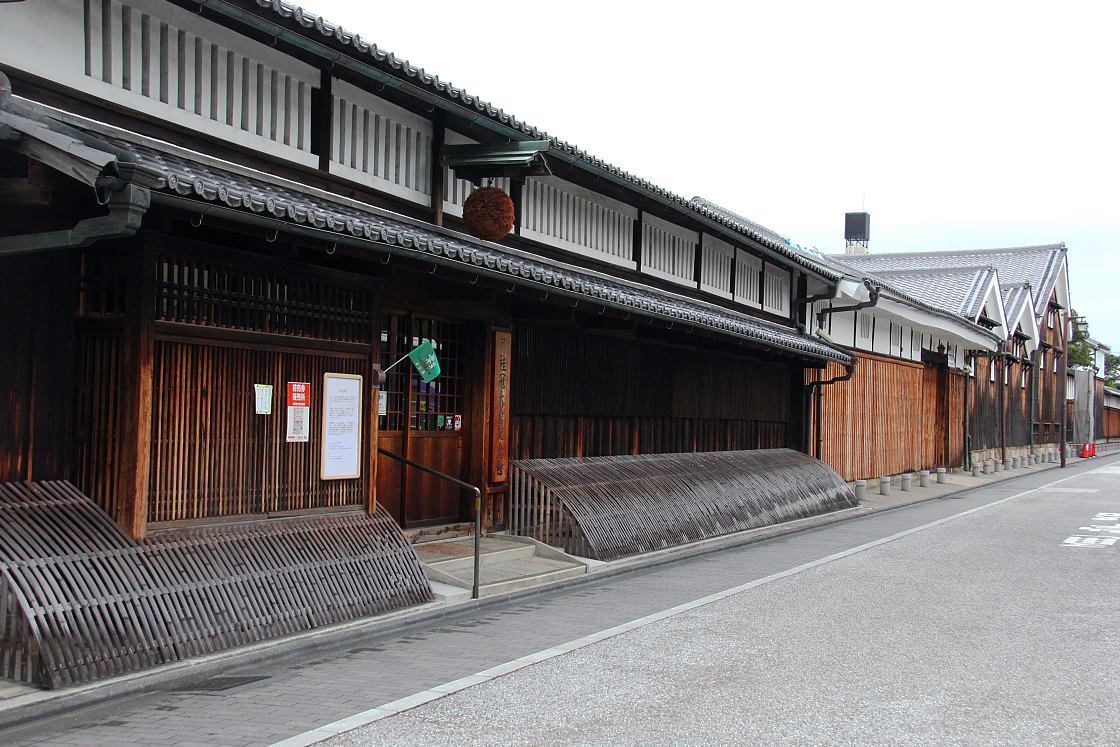
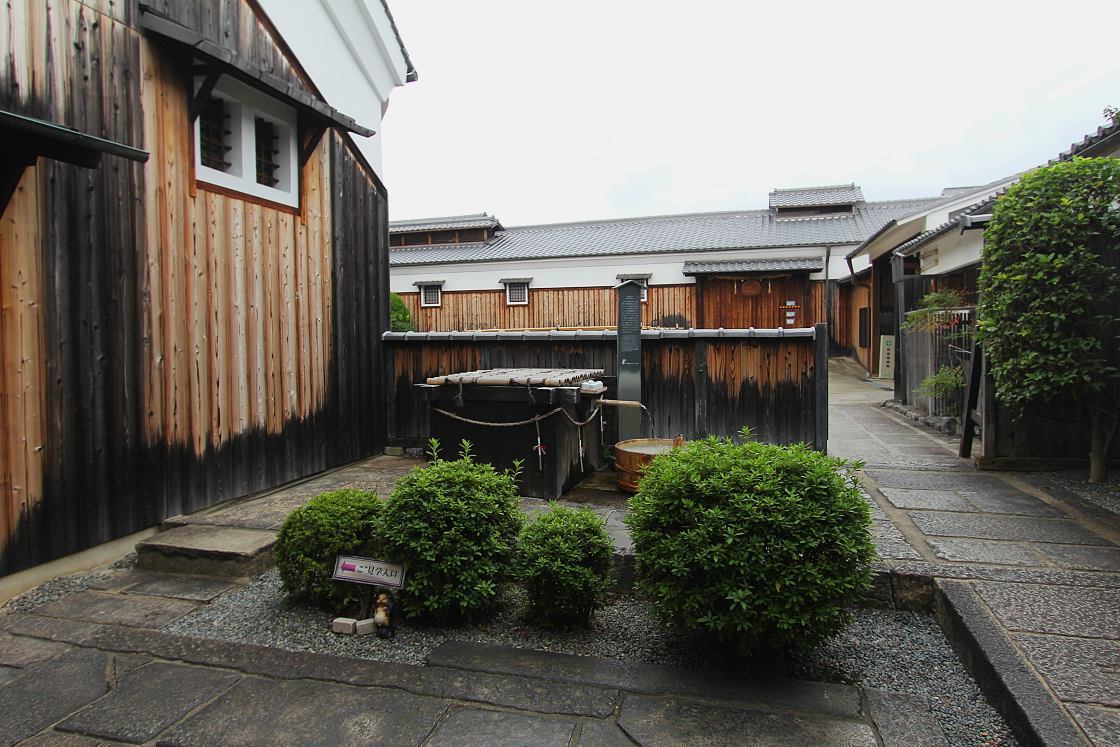
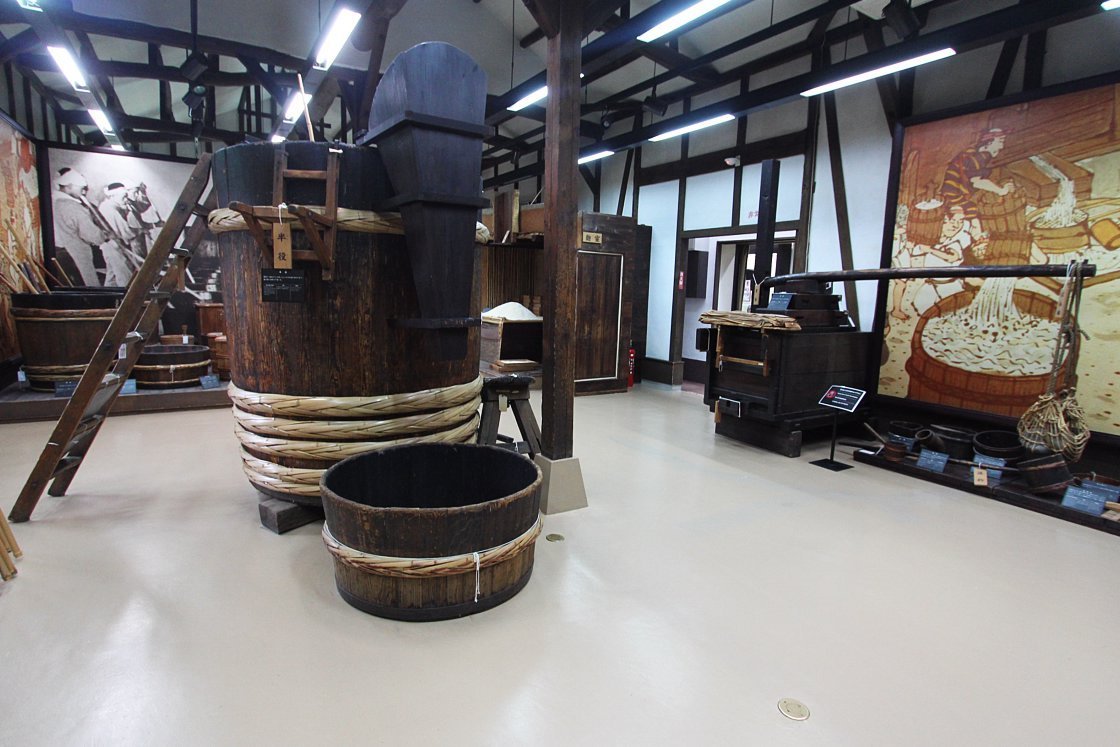
From one brewery to another, I next made the short walk over to Kizakura Kappa Country, another of the area's sake breweries that is well worth a visit. In addition to a small museum on sake and an art gallery, the complex boasts an outdoor area where patrons can sip on sake freshly poured from the shop inside. I bought a couple of glasses of the brewery's sake and perched outside, relaxing and enjoying the delicate flavors.
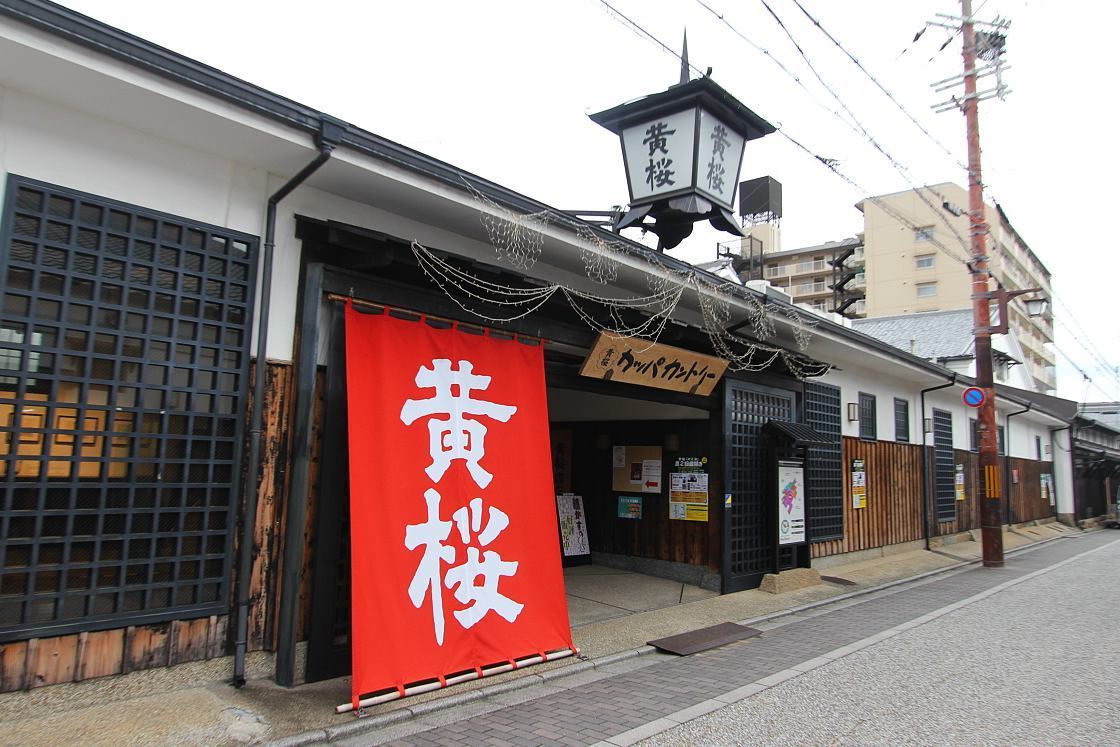
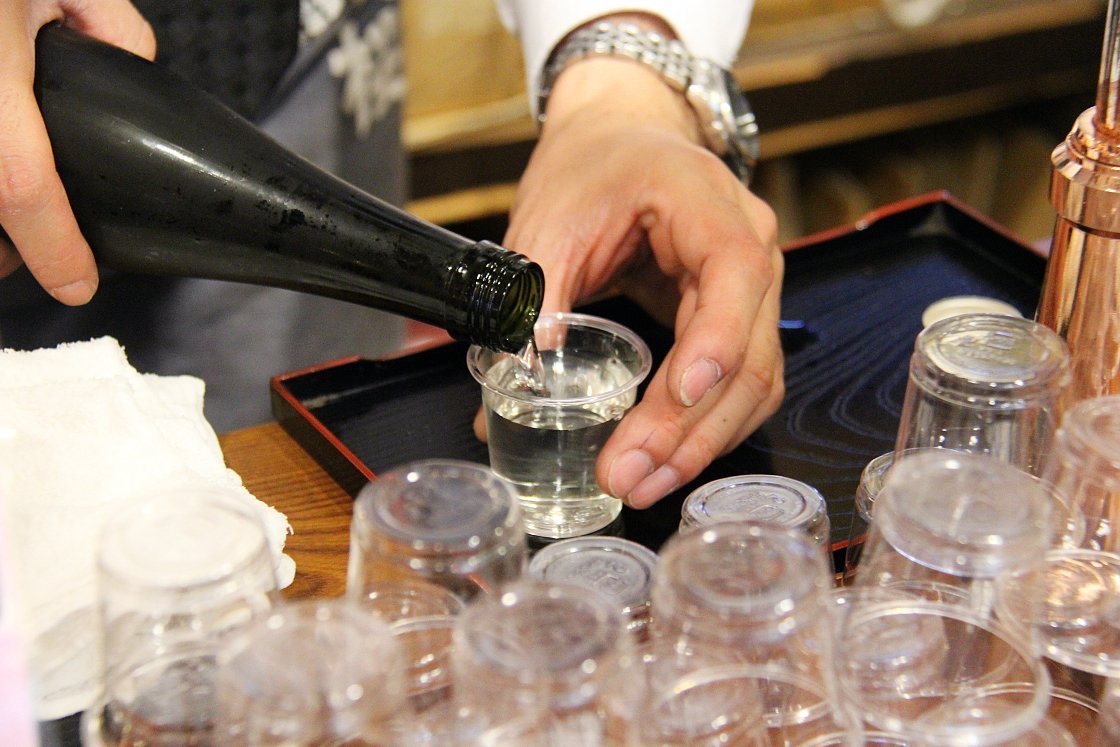
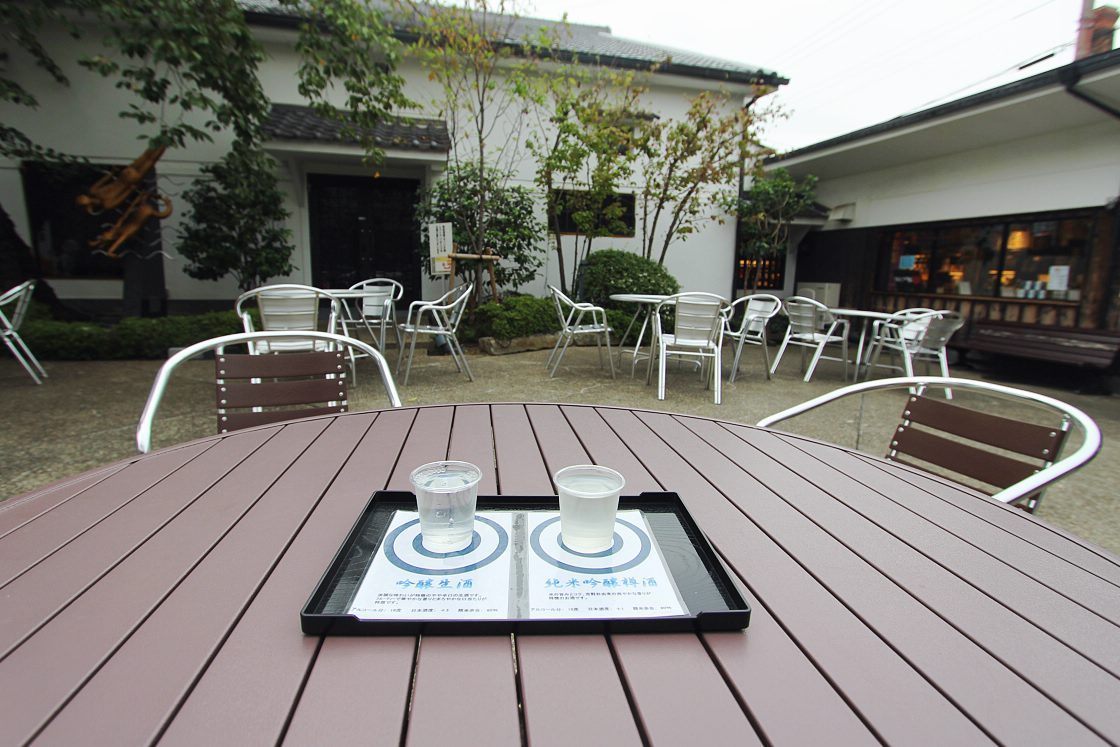
To complete my sake tour of Fushimi, I left Kizakura Kappa Country and headed towards Fushimi Yumehyakushu, an establishment that sells and serves local sake in traditional surroundings. On the way however, I strolled past another of the town's iconic sites, the Teradaya Inn.
This old guest house is where the attempted assassination of Sakamoto Ryoma, the instrumental proponent of Japan's evolution from a feudal into a modern society, was perpetrated by pro-shogunate agents. Rebuilt since the fateful episode, the inn is now open for visitors to explore and stay the night.
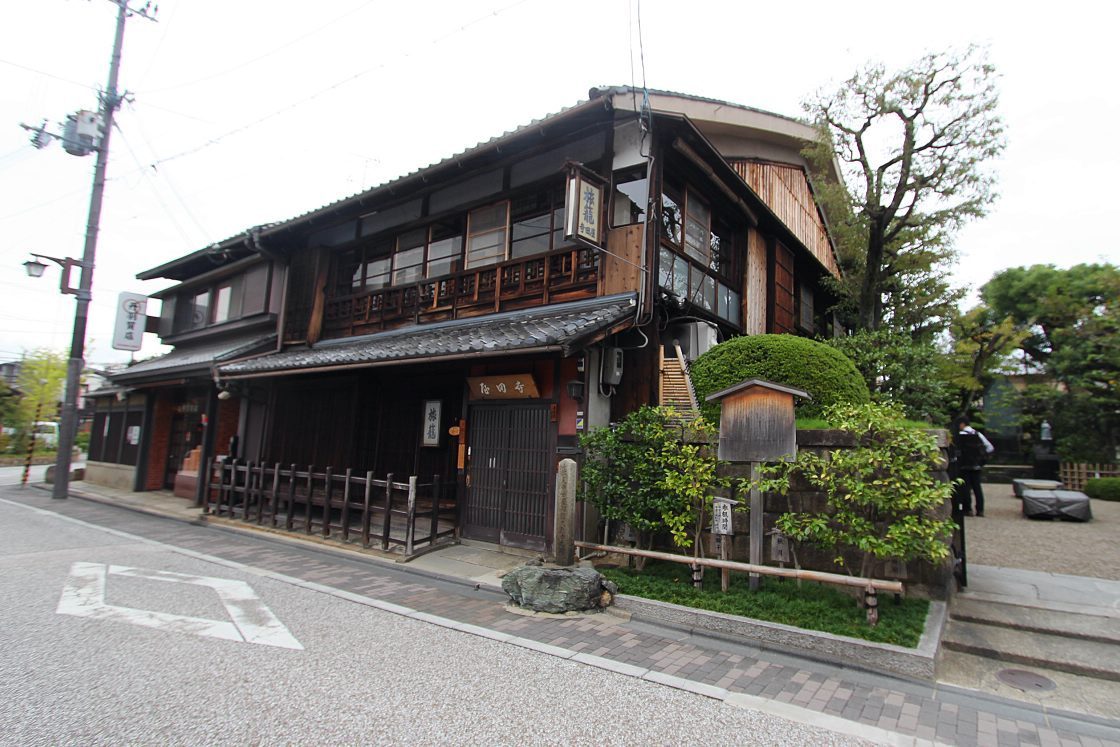
I finally arrived at Fushimi Yumehyakushu, which is housed in a beautifully preserved old building, and ordered a set of three different local sake and sat down to soak up the warm atmosphere that persists inside this old building. Enjoying drinking in the warm and antiquated atmosphere that persists here, I found each glass of sake delicious, all having in common a certain smoothness and refined flavor. Happy and satiated, I made my way back to the station from where I'd begin my journey back to central Osaka.
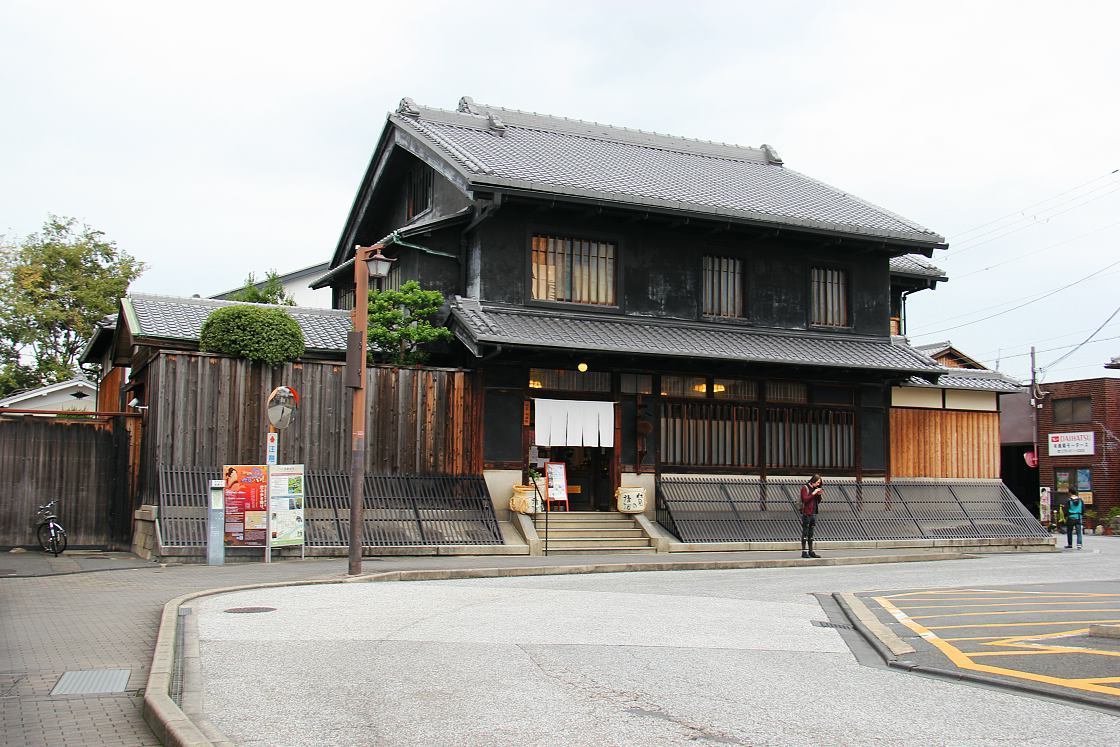
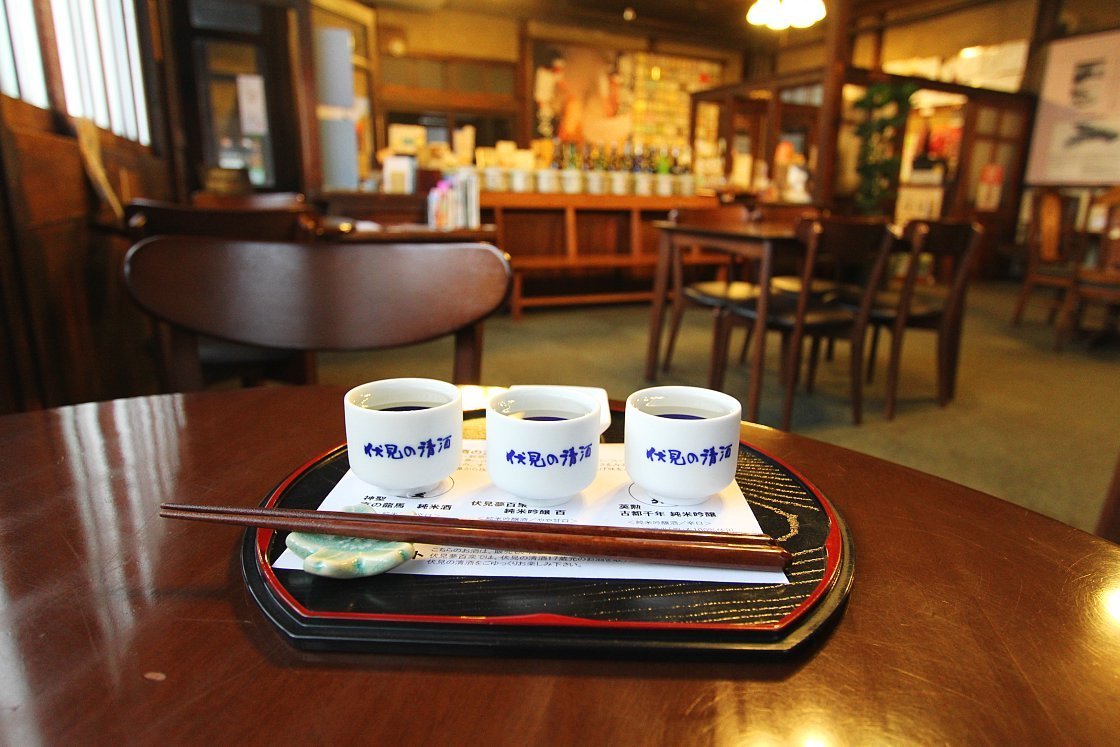
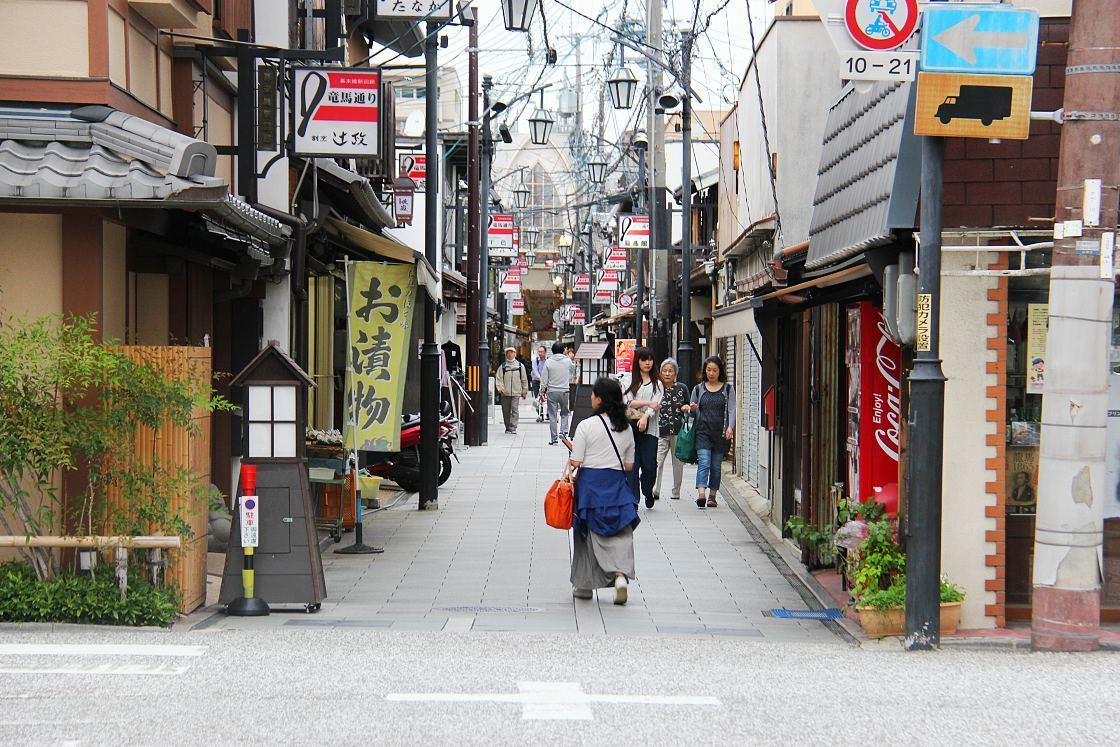
Access
To Uji
From central Osaka (e.g. Yodoyabashi or Kyobashi stations) take a limited express on the Keihan Main Line to Chushojima Station and then transfer to the Keihan Uji Line to Uji. The entire one way journey takes around 50 minutes and costs around 400 yen. There are multiple connections per hour.
To Fushimi
From central Osaka take a limited express on the Keihan Main Line to Chushojima Station. The one way journey takes 30 minutes and costs 390 yen with frequent departures.
The two towns can be traveled between in 15 minutes and for 270 yen on the Keihan Uji Line.
The Kyoto Osaka Sightseeing Pass is available only to foreign visitors and offers one or two days of unlimited travel along the train lines on the map below (except the Osaka Loop Line). The pass also offers discounted entry to certain attractions. The pass costs 800 (one day) or 1200 (two day) yen and can be purchased at certain tourist information centers (including at Kansai Airport) and hotels in Osaka and Kyoto, as well as from overseas travel agents.
